Japanese School of Abu Dhabi, (Abu Dhabi Japanese School), Al Bateen
The Japanese School in Abu Dhabi – updated August 2019
The Japanese School in Abu Dhabi, also known as the Abu Dhabi Japanese School, provides an ADEC “High Performing A3 Good School” certified FS1/2 – Year 9 education to children between the ages of 3 years and 15.
Prospective parents should note that education is compulsory in Japan only between the ages of 6 and 15, with schooling divided between elementary provision between the ages of 6 years and 12 years, and Junior High/ Lower Secondary provision between the ages of 12 years and 15 years. This division does not fit easily in our tables and to compensate we have provided extra clarification.
The Japanese School in Abu Dhabi (ADJS) is one of only two Japanese schools in the UAE, the other being the Japanese School in Dubai. Both schools offer a curriculum in strict conformity with the 文部科学省 Monbu-kagaku-shō curriculum certified by the Japanese Ministry of Education, Culture, Sports, Science and Technology [MEXT]. The strict alignment off teaching with the Japanese curriculum recognises that many Japanese students return to Japan at some point during Junior High, and the aim of the school is that this takes place as seamlessly as practicable.
The curriculum targets provision in Japanese language, culture and history; Mathematics; Science (Including Life Science & Domestic Science); Languages (English & Arabic); the humanities and commerce (including geography, history, general studies, moral education and social studies); art; music; and, Physical Education (P.E.).
The school is particularly focused on:
- teaching children “how to learn”, rather than simply learning by rote;
- developing each child’s genuine love of learning in its own right so that each student can become a confident, life-long learner;
- meeting the needs of each child’s own learning style and identifying each child’s individual learning strengths and potential;
- developing “warm hearted” individuals committed to living in peace;
- handing down honourable Japanese culture and traditions to the succeeding generations;
- enabling each child to become confident in their social skills;
- encourage each child to nurture, appreciate and celebrate diversity;
- fostering creativity, problem-solving, independent and collaborative thinking; and,
- Instilling and developing each child’s social, emotional, and physical well-being
- Delivering a tr-lingual, cross cultural Japanese-Emirati-English curriculum
ADJS is one of the oldest schools in the UAE, tracing its routes to a study by the Japanese Association of Abu Dhabi in 1976 to establish schooling for its Japanese children. The school was formally established in 1978 with the inauguration of the Abu Dhabi Japanese School Council and two teachers arriving from Japan to teach a two class curriculum to 13 students.
In 2009, the school started teaching Arabic, Islamic Studies and Social Studies to its Emirati students in order to help them acquire tri-lingual knowledge and learn about different cultures.
The school relocated to its current site in Al Bateen in 2012, taking over the former Um Habibah School building, a vacant public school building accommodating 14 classrooms and other specialized rooms. The school was a gift by the Abu Dhabi government after the intervention of HH President Sheikh Khalifa bin Zayed Al Nahyan, and HH General Sheikh Mohammed bin Zayed Al Nahayan, Abu Dhabi Crown Prince, Deputy Supreme Commander of the UAE Armed Forces and Chairman of ADEC.
The school was inaugurated by H.E Dr. Mugheer Khamis Al Khaili, Director General of Abu Dhabi Education Council (ADEC) and H.E. Tatsuo Watanabe, Japanese Ambassador in the UAE.
The agreement includes provision for Emirati children to be taught at the school and today Emirati students make up 25% of the school’s role. This joint initiative is a stand-out, exceptional feature of the school and we recommend that Emirati parents, particularly of linguistically talented children, take a view on the benefits of the significant cross-cultural opportunities presented by the school, subject to availability of places. Emirati students benefit from a dedicated team of resource teachers, funded by a Japanese non‐profit organisation, providing high quality, in‐class academic and language support. Senior staff also provide careful guidance for parents of Emirati students who decide to continue their education in Japan.
For prospective Emirati parents, more information can be found here.
The school, like its counterpart in Dubai, strictly follows the Monbukagakusho curriculum. It is extremely difficult to evaluate the schooling comparatively, as the Western and Japanese systems of education weight skills, knowledge, facilities and development very differently.
However, the KHDA identifies the following strengths of the school:
- extremely committed school leadership, which, because of its drive and determination, has a good capacity for sustained improvement;
- a very good standard of student personal development in students across all phases;
- high attainment of pupil’s in mathematics, science and Japanese
- attainment and progress by Emirati students in Japanese and the provision of additional and extended support for Emirati students in both Japanese and Arabic;
- students’ positive commitment to learning;
- development of students’ independent learning, problem solving and critical thinking skills;
- the caring and nurturing atmosphere of the school;
- positive relationships between teachers and students;
- the breadth of the curriculum across subject provision including music, art, Physical Education (PE), social and Japanese cultural and social activities;
- the outstanding guidance and support provided for students returning to Japan for higher education; and,
- the wide range of extra-curricular activities and supporting enrichment
Critique of the school stems in part from an area outside its control – the Japanese curriculum does not include independent lessons in ICT. This has knock-on impacts because technology in alternative curricular has emerged as a bedrock lever to share knowledge between subjects and build critical thinking. The weakness of ICT provision within the 文部科学省 Monbu-kagaku-shō curriculum significantly impedes children’s progress in these areas.
Our recommendation is that parents invest in external ICT lessons in order to balance this. This said, ADEC, rightly, is now insisting that, notwithstanding the limitations of the Japanese curriculum, as a school operating in Dubai with responsibility for its Emirati students, the school begins to significantly invest in ICT and plan for its use across the curriculum.
Like its Dubai counterpart, there is currently no child protection policy. We think this is a failure and needs to be addressed. In many schools historically, a relaxed approach to child protection based on the assumption that “it will not happen here” has proven to be complacent and children, the school itself and parents need to have these policies in place.
As an old Arabic school, there is considerable warmth – and the grounds are filled with established flowers and plants that come with the school’s age – something newer school’s cannot replicate. The small role, however, does mean the school is airy. This is better than its being overcrowded! This said, like its Dubai counterpart, there is need for investment. Here ADEC inspectors identify a lack of shade in the playground and inadequate outdoor play areas for KG students. Both are important failures that do need addressing.
Equally, the school has limited resources across multiple areas including weak provision of books in English and Arabic, the effects of which are exacerbated by the school’s lack of significant ICT provision. The provision of Japanese equipment is, however, outstanding.
Like its Dubai counterpart, one fundamental issue with school improvement comes with the weakness of a system that requires the change of school leadership every three years. The result is that school planning effectively re-starts with each new Principal before it is able to achieve what is required. The cumulative effects over time are substantial given the age of the school. The limited role and fee structure make financially resourcing required improvement a further challenge.
Our view? We are really struck by the investment of both Japanese and Abu Dhabi governments in the school. The joint Emirati-Japanese programme (one replicated in a number of alternative curricular Embassy schools in Abu Dhabi) offers extraordinary opportunities for students from both cultures and we think, notwithstanding the older, somewhat tired facilities, the fee structure makes this a real opportunity for Emirati students keen to develop an international education.
It is exceptionally impressive that those Emirati students who do join the school have a clear, seamless path mapped out for them if they wish to move to Japan for higher education, including a number of generous competitive sponsorships provided by the Japanese government.
For Emirati families of linguistically gifted children in particular, the Japanese School in Dubai offers an exceptional opportunity – and one of the best-kept secrets in Abu Dhabi education. Equally, for Japanese students, there is much to commend an education that so powerfully and inspirationally integrates a sharing of languages and cultures – the quality of which at the Japanese School in Abu Dhabi puts other Tier 1 international schools to shame. Recommended.
Go to the FULL REVIEW on WhichSchoolAdvisor.comPrivate, embassy affiliated school (affiliated to the Embassy of Japan in the UAE)
FS1: 17,255 + 360 AED PTA membership fee
FS2: 17,255 + 360 AED PTA membership fee
YEAR 1: 33,360 + 360 AED PTA membership fee
YEAR 2: 33,360 + 360 AED PTA membership fee
YEAR 3: 33,360 + 360 AED PTA membership fee
YEAR 4: 33,360 + 360 AED PTA membership fee
YEAR 5: 33,360 + 360 AED PTA membership fee
YEAR 6: 33,360 + 360 AED PTA membership fee
YEAR 7: 33,360 + 360 AED PTA membership fee
YEAR 8: 33,360 + 360 AED PTA membership fee
YEAR 9: 33,360 + 360 AED PTA membership fee
YEAR 10:
YEAR 11:
YEAR 12:
YEAR 13:
Japanese
Japanese Ministry of Education, Culture, Sports, Science and Technology (文部科学省 Monbu-kagaku-shō) [MEXT / Monka-shō / Monbukagakusho curriculum]
Japanese Ministry of Education, Culture, Sports, Science and Technology (文部科学省 Monbu-kagaku-shō) [MEXT / Monka-shō / Monbukagakusho curriculum]
Fully inclusive
No
Not published
76
1:5
Japanese
Not published
1978
Note:
(1) Certification: January 24, 1995
(2) Move to new Al Muroor Street site in 2012
Al Bateen, Abu Dhabi
Japanese (largest nationality): 75%
KG: 25 students
KG1 - 9: 51 students
KG and 51 students in other classes. Students from
Emirati: 24% (18 students)
Egyptian: 2 students
Muslim: 25%
Special Educational Needs (language): 1
Notes:
(1) The school is part of a special cultural programme initiated by HH Sheikh Mohammed bin Zayed Al Nahyan, Crown Prince of Abu Dhabi, with the Embassy of Japan that provides for the shared education of Japanese and Emirati students within the school. 4 Emirati students join the school role each year.
Mixed, co-educational
Yes
Embassy of Japan
Abu Dhabi Japanese School Management Council
President: Fumiaki Sakagami
+971 (0) 2 444 6104
66.6% (FS)
66.6% (Elementary age 6 - 12)
66.6% (Junior High/ Lower Secondary age 12 - 15)
NA
66.6% (FS)
66.6% (Elementary age 6 - 12)
66.6% (Junior High/ Lower Secondary age 12 - 15)
NA
60% (Elementary age 6 - 12)
60% (Junior High/ Lower Secondary age 12 - 15)
NA
60% (Elementary age 6 - 12)
60% (Junior High/ Lower Secondary age 12 - 15)
NA
60% (Elementary age 6 - 12)
60% (Junior High/ Lower Secondary age 12 - 15)
NA
100%
100%
50%
75%
80%
75%
80%
60%
• Embassy value fees
• Rich Japanese cultural education
• Outstanding Emirati programmes with competitive scholarships for higher education in Japan
• School warmth and commitment of leadership to its children
• Joint investment by Abu Dhabi and Japanese government
• Outstanding Japanese resources
• Limited transparency
• Inadequate ICT provision as a direct result of the weakness of the Japanese curriculum
• Lack of formalised, written child protection policy
• School would benefit from significant financial investment
• Significant lack of KG outdoor play areas
• Structurally required changes of leadership














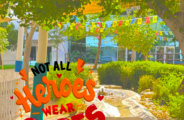

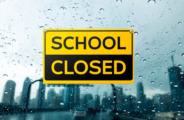

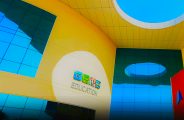
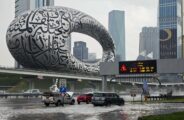



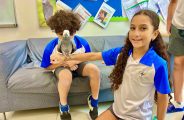
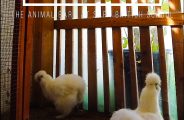
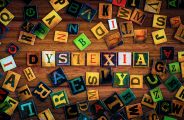
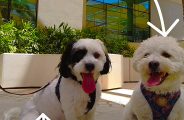


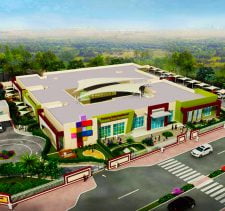
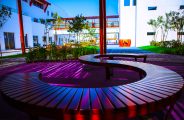
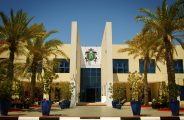

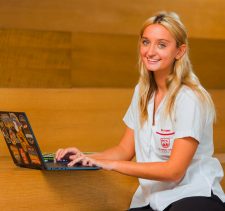
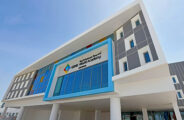
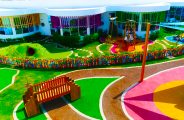
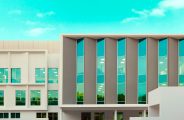
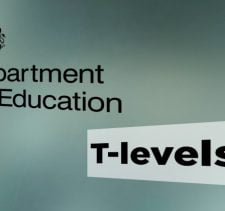




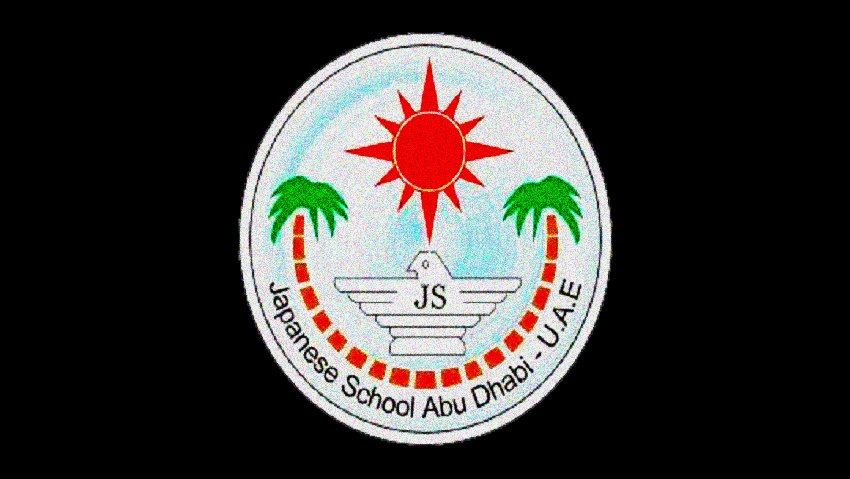

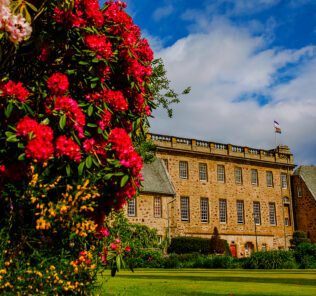

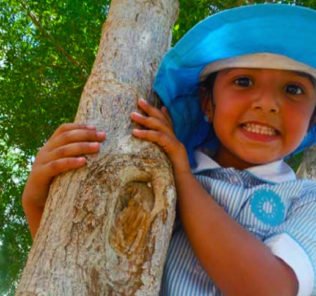
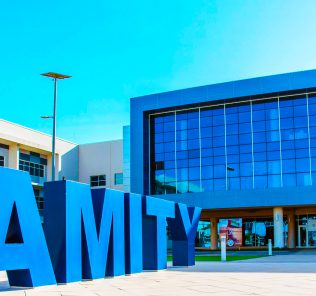
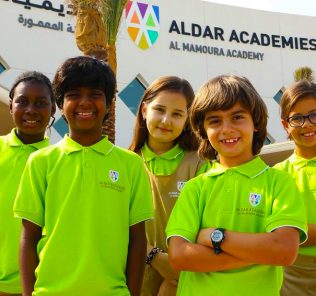
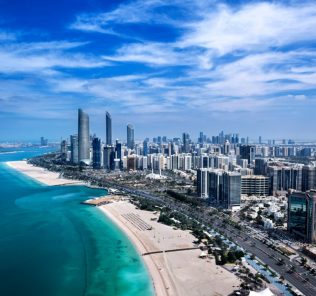

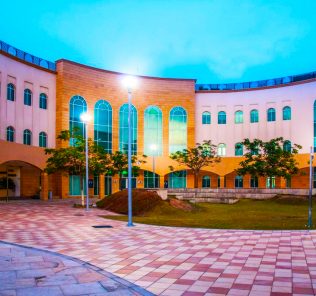
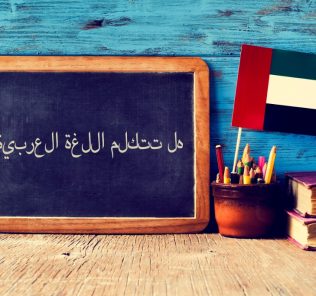
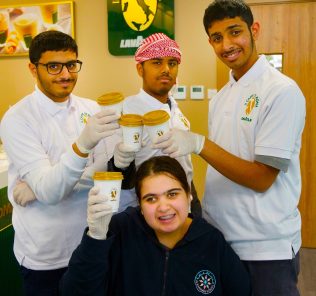
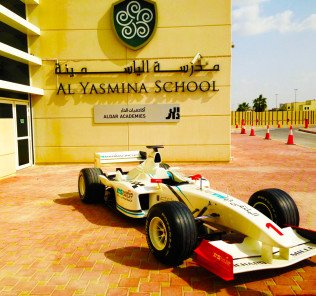
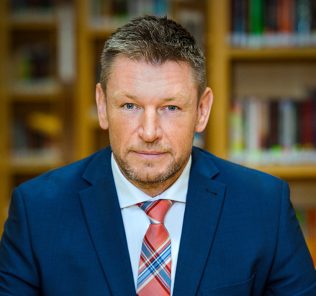
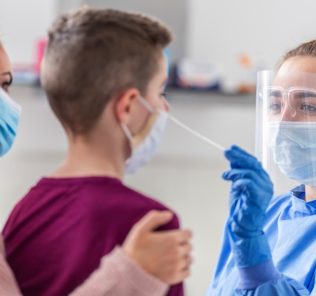
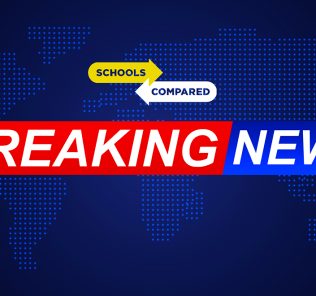
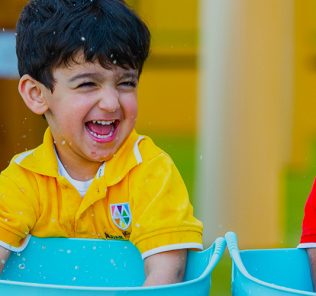


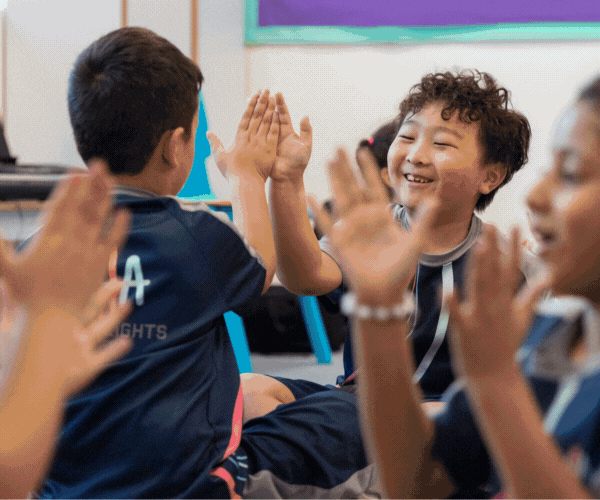
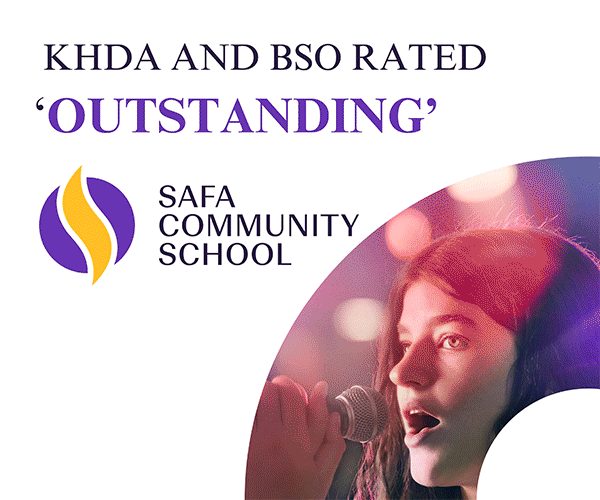


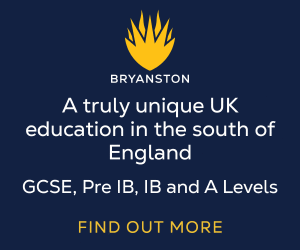




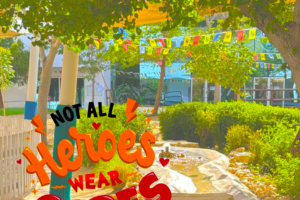

Leave a Response